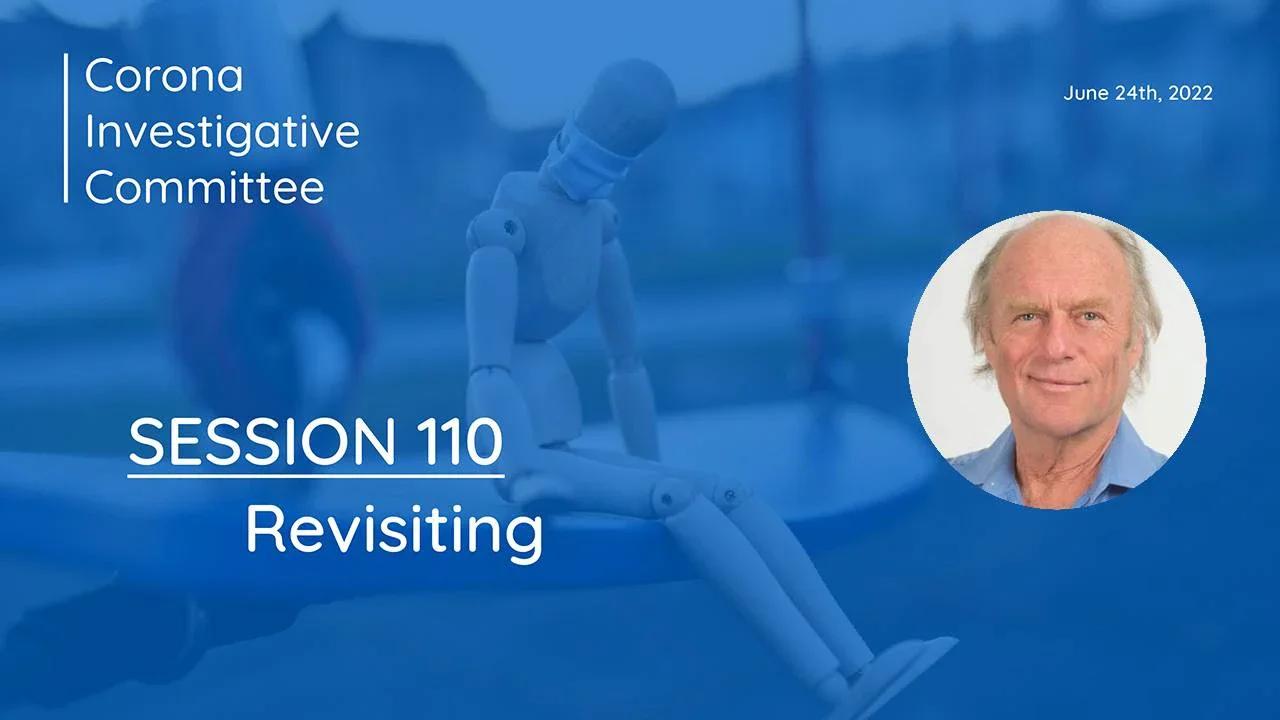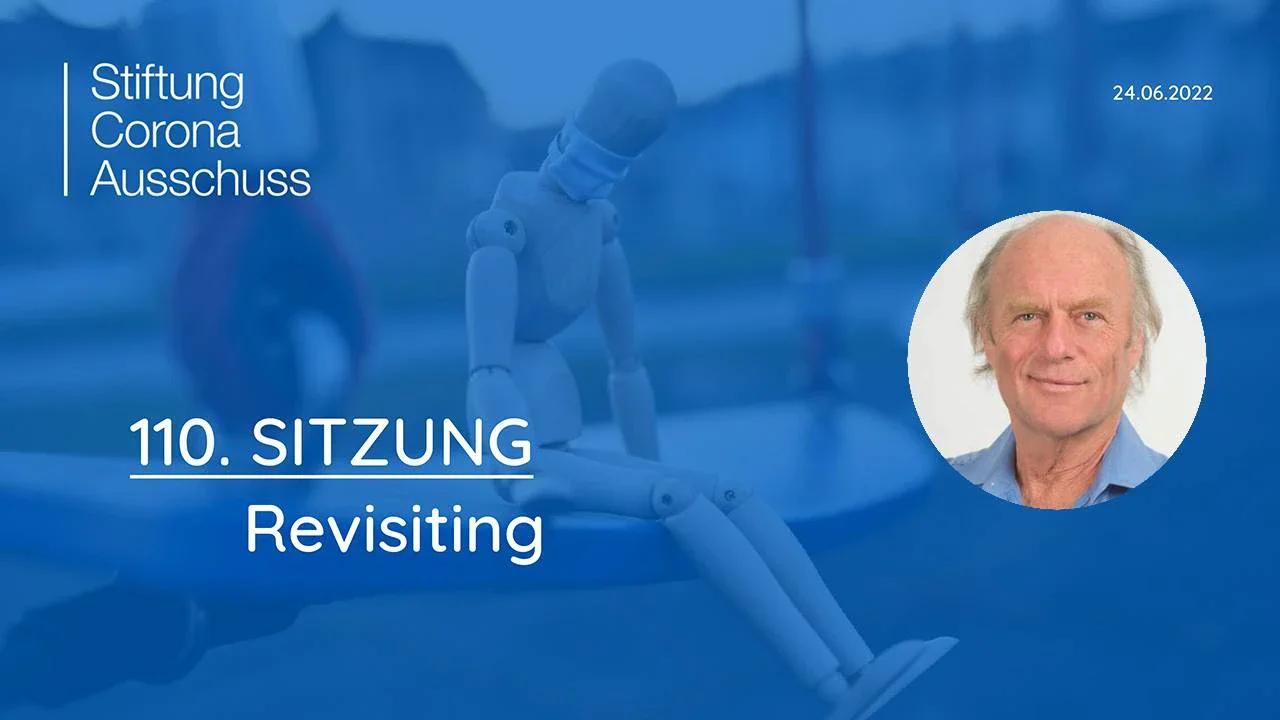Many doctors have long held the belief that an acceptable systolic reading of blood pressure is 100 plus your age.
Modern physicians say
normal blood pressure takes no account of age.
A reading of 120mm/80mm is normal regardless, according to Mayo Clinic staff. But early 20th century blood pressure cuff users followed a "
100-plus-age" rule of thumb to determine what was normal for age. Early 21st century doctors accepted increased "normal rates" as patients age, but within a much more limited range, according to the Mayo Clinic.
Despite accepting the 100 plus your age blood pressure reading in the past, today's medical textbooks are arguing over exact values and new blood pressure standards come out every few years placing the desirable blood pressure target values ever lower.
Is medicine fueling this war or might it just be the multi-billion dollar pharmaceutical industry?
To lower blood pressure readings just 5 points on the blood pressure scale can mean billions of dollars. Among the top ten drugs prescribed in the U.S, blood pressure (hypertension) medications ensnare millions into the prescription drug trap.
A former NASA astronaut and family doctor, says the 100+ age guideline for "normal" blood pressure was around for decades. He also wonders if modern views on what is normal blood pressure arise from drug company involvement.
"In the 1970s, the target limit for initiating drug treatment was 160/95. This then became 140/90, then 120/90, and recently,
115/75, with a large number of organizations listed as in agreement," he says.
Blood pressures tend to rise naturally with age in both men and women so that a 130 systolic blood pressure of a 30-year old (roughly 100 plus the age) becomes 150 in a fifty year old and 160 in a 60 year old with male blood pressure readings exceeding female by around 10 mm Hg.
- The systolic pressure is the pressure peak with each beat of the heart (systole).
- The diastolic pressure is the basal pressure that is in the blood vessels during relaxation of the heart (diastole).
In a dramatic reversal in policy, on May 4, 2000, an
expert committee announced that systolic pressure is the most accurate blood pressure measurement for older adults. The new guidelines hold true for all those with hypertension who are over age 40 - a group that makes up the majority of 50 million Americans with the disease.
Since blood pressure elevation is associated with increased all-cause death rates, lowering of blood pressures by whatever means can only be good for humanity - can't it?
Well, the pharmaceutical industry loves it - this focus makes them billions of dollars.
The medical community loves it - it's good for business and seems ethically correct, and the public likes it.
So began the worldwide focus on lowering blood pressure, the evolution of thousands of drugs designed to lower blood pressure, and of course, the beginning of a still growing multi-billion dollar business.
High blood pressure, as defined by the drug industry and medical doctors, is not an instant death sentence.
The goal of maintaining a blood pressure at or near 140/80 (now 115/75) is based on drug company hype, not science. These numbers are designed to sell drugs by converting healthy people into patients.
Prior to this ideal numbers for normal healthy blood pressure were based on the Framingham Heart Study (
www.framinghamheartstudy.org), where
"normal" hypertension was a reading of systolic 120 and diastolic 80 - and anything up to systolic 140 was considered acceptable or high/normal.
If high blood pressure were dangerous, then lowering it with hypertension drugs would surely result in an increase in
lifespan? Yet, clinical trials involving hypertension medication show NO increased lifespan among users when compared to non-users...







